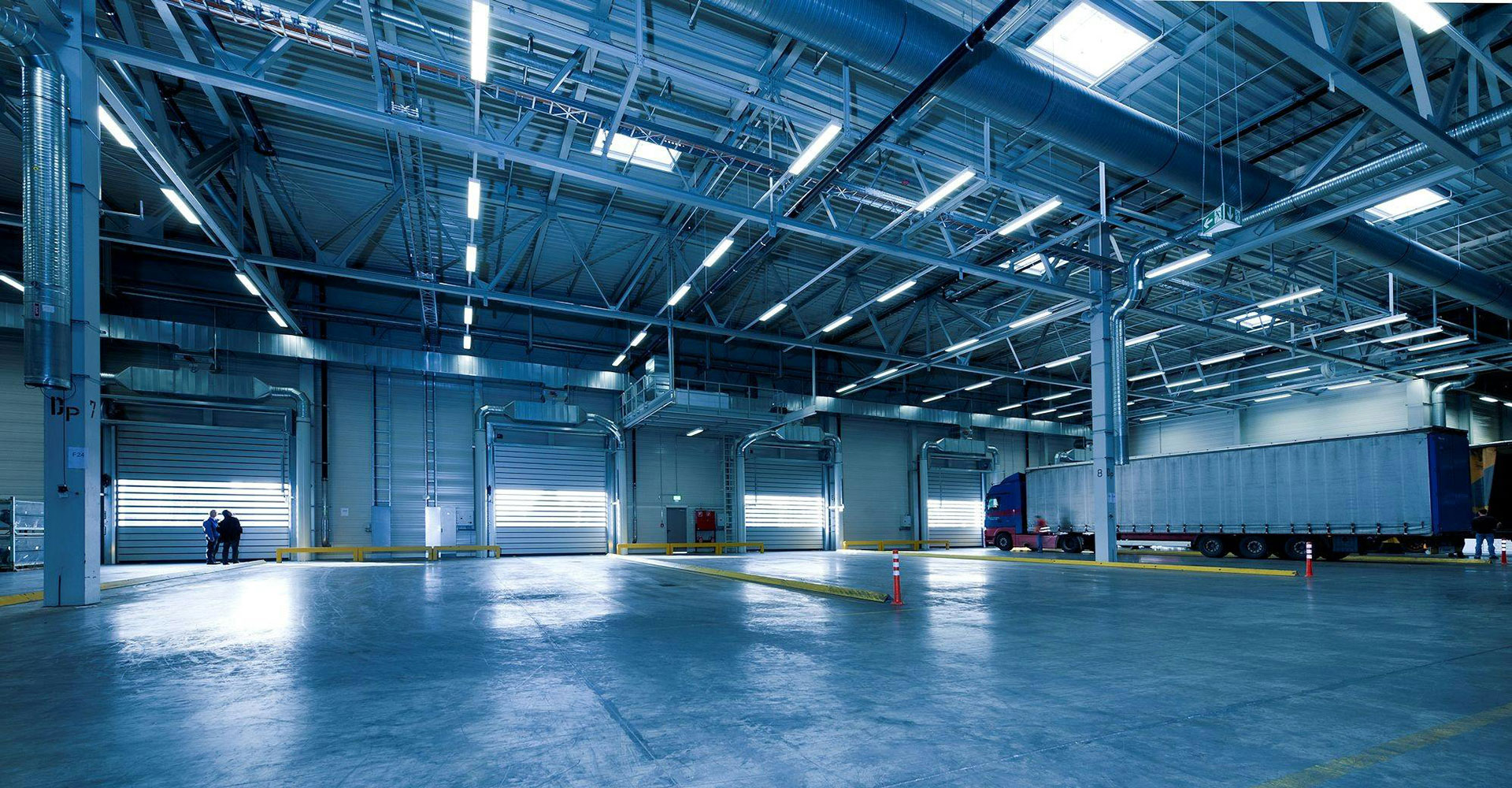During his presidential campaign, Trump said he planned to impose tariffs on many goods imported by the United States, including raw materials used for construction. Since the inauguration, he has made good on that promise with tariff policies affecting imports from Canada, Mexico, China, and the EU.
In January, construction input prices jumped 1.4% — the largest monthly increase in two years — when contractors opted to purchase materials before the tariffs took effect. In other words, prices had begun to climb in anticipation of the tariffs.
According to an Associated Builders and Contractors (ABC) report:
- Overall construction input prices have increased 1.3% compared to a year ago
- Nonresidential construction input prices are 0.7% higher
- Crude petroleum prices increased 14.8% in January 2025
- Natural gas prices increased 13.7% in January 2025
- Unprocessed energy material prices increased 13% in January 2025
Experts emphasize that global market fluctuations influence the pricing of commodities like metals and fabricated products used in real estate development. With competition hampered by the tariffs, domestic producers have also raised their products’ prices. Additionally, in March, the EU announced tariffs on $28.4 billion of U.S. goods to take effect in April in response to the Trump administration’s imposing a 25% tariff on steel and aluminum imports from European countries.
A trickle down effect
Costs of raw construction materials, including aluminum, copper, steel, and tiles, have seen prices increase considerably. Steel prices have increased by up to 20%. In one case, a developer working on a warehouse in Newark, N.J., has seen the tariffs add nearly $2 million to the cost of the new building.
Another developer working on a $100+ million warehouse project near Washington, D.C., said they had received notice from Nucor, a domestic steel manufacturer, of a 15% price hike on the $12 million structural beam order. Although a previous reservation secured the original price, he anticipates the tariff’s impacts on other materials will increase construction costs by 10%. He and other developers have expressed concern about how much the increases will erode forecasted ROI.
The Trump administration implemented a 25% tariff on imported steel and aluminum on March 12. While increases haven’t fully registered in data used to track materials costs, sticker shock is beginning to set in. A principal for a consulting company that sources structural steel for commercial development said he has seen quotes in Houston rise 20%. One Texas contractor expanding a manufacturing plant has already passed those costs onto a surprised and unhappy customer.
Squeezing project budgets
The Trump tariffs will further strain construction project budgets with higher prices anticipated across goods like aluminum, cement, iron, mirrors, and tiles. A climate of unpredictability may cause a cascade of project delays and cancellations plus more budget overruns, especially in an industry that consumes about 50% of total steel output. Contractors and their customers are revising plans, and projects already underway face higher risks of material shortages and escalating expenses.
For projects governed by fixed-price or guaranteed maximum price contracts, contractors may find themselves unable to transfer tariff-related costs incurred over the past few months, which will eat into their profits. Some firms may try to mitigate disruptions by modifying timelines and different construction projects, delaying some plans further.
Experts predict that contractors will revise their pricing strategies for future projects. Those in the procurement phase may opt to expand contingency funds, integrate price escalation clauses, or eschew rigid fixed-price agreements entirely, according to a recent Morningstar report.
Tariffs on Canadian lumber affecting builds
The devastating fires that affected Southern California have created a residential and commercial building boom, but California isn’t the only state whose construction industry needs lumber. While Canadian lumber imports already have 14.5% countervailing and anti-dumping duties, Trump has threatened levying additional tariffs as the trade war with the U.S. northern neighbor escalates.
Canada is the primary source of U.S. forest product imports, holding a significant market share. Increases in Canadian softwood lumber have driven lumber futures prices up about 15%. Further tariffs will cause similar price increases, impacting consumer price indices. The lumber futures for March (LBRH25) (LBROO) delivery sat at $646 per thousand board feet in mid-March, a slight drop from a 30-month high of $658. “However, the U.S. Producer Price index recorded a softwood lumber surge of 11.7% over the past year, marking four consecutive months of double-digit annual growth, with mills preemptively hiking prices by 25% to 65% amid shifting trade policies and supply chain disruptions,” according to Trading Economics.
Lack of tariff clarity worries investors
Trump’s second term initially generated considerable enthusiasm in the commercial real estate industry. But his tumultuous first six weeks in office have created anxiety among investors. One anonymous lawyer familiar with his early real estate dealings in the 80s and 90s said, “Most high-end real estate developers, high-quality real estate developers, didn’t want to do joint ventures with him because of a reputation that if you had a disagreement with him, then you’re in a guerilla war.”
The current tariffs have disrupted international partnerships with Canada, Mexico, and European nations. As major market indexes have declined following these policies, the president acknowledged the potential economic challenges and didn’t rule out the possibility of a recession, noting that the country will see a “period of transition because what we’re doing is very big.”
Also causing concern? His administration has been inconsistent with policy decisions, creating confusion for business leaders and heightening market uncertainty. For example, on March 11, the administration announced 50% tariffs on Canadian steel, only to reverse this sweeping measure later on the same day. Industry specialists indicate that such erratic policy shifts encourage developers to delay projects, hoping other tariff measures might also be withdrawn.
The president of one New York construction company said, “The lack of clarity on the tariffs and the resulting impact of those tariffs is driving uncertainty. If someone has to guess with a lack of certainty, they’re typically going to — in the contracting world — guess in a more conservative way.”
Sharp but temporary price volatility creates a poor environment for making long-term commitments — or rushed decisions leading to future regret. Some experts believe that given the significant steel price swings already seen in response to the tariffs, it seems unlikely that prices will climb substantially higher — and remain there — for an extended time.
Last year was fairly stable for construction contractors. A pre-inauguration surge in demand driven by the anticipated tariffs, plus the results of those tariffs after they were enacted, have had a ripple effect throughout commercial construction. The “silver” lining? Many companies have already built in those anticipated costs into their contracts, and some experts at ABC theorize that the industry will gradually level off as 2025 continues but that clients should anticipate higher costs and potential delays in the near term.
Are you a commercial real estate investor or seeking a specific property to meet your company’s needs? We invite you to talk to the professionals at CREA United, an organization of CRE professionals from over 90 firms representing all disciplines within the CRE industry, from brokers to subcontractors, financial services to security systems, interior designers to architects, movers to IT, and more.

